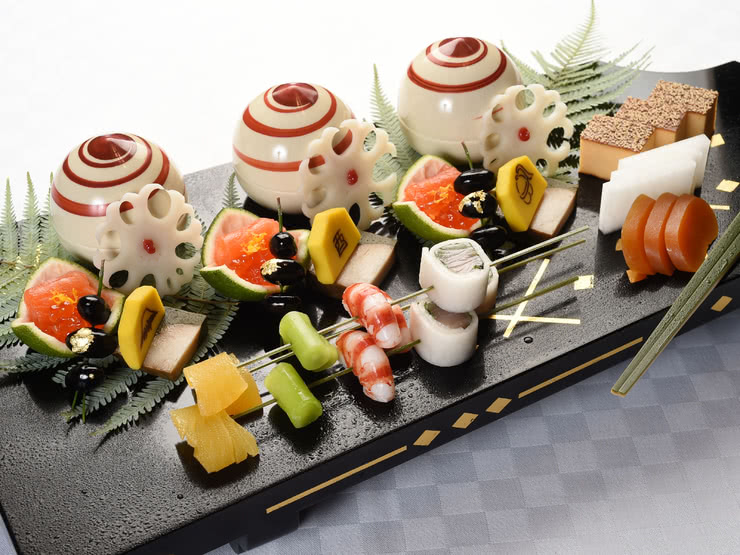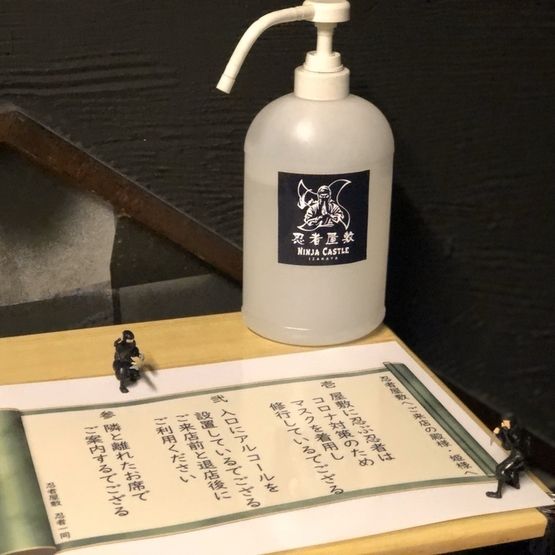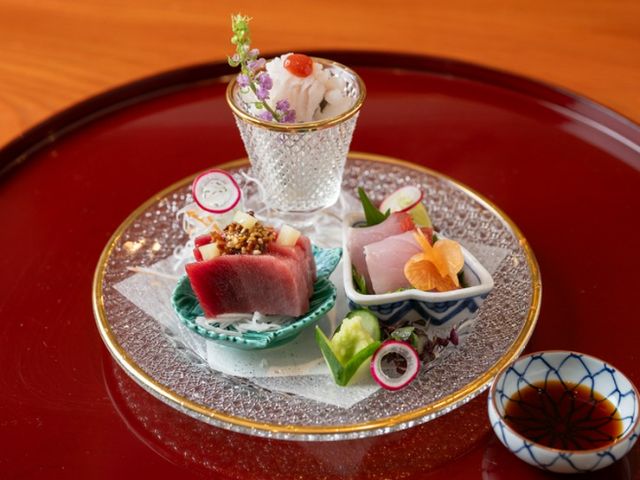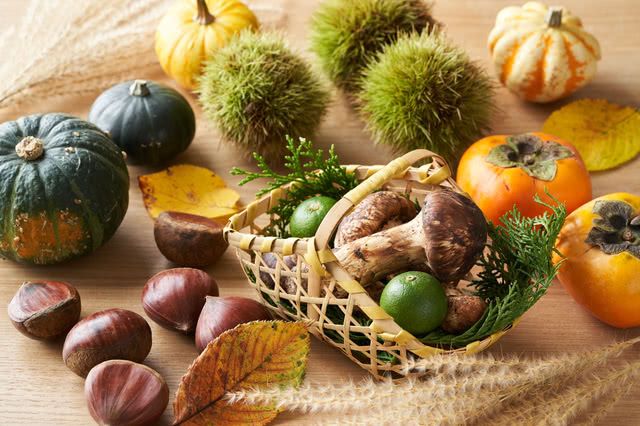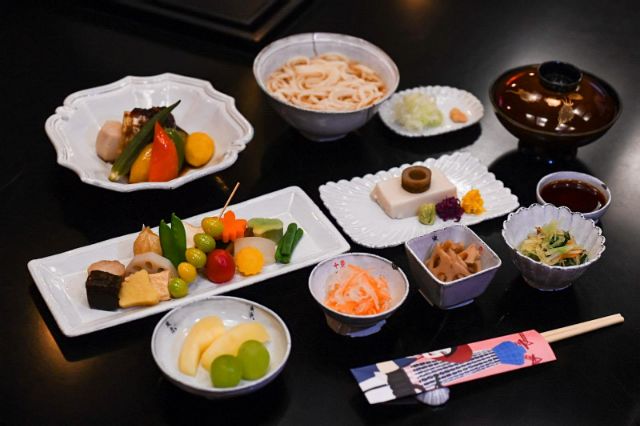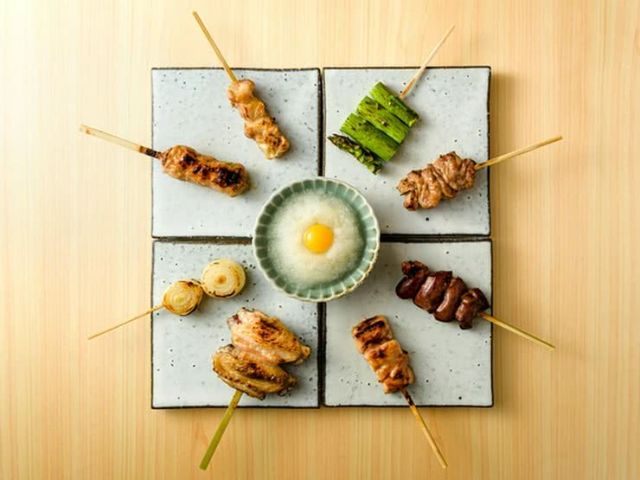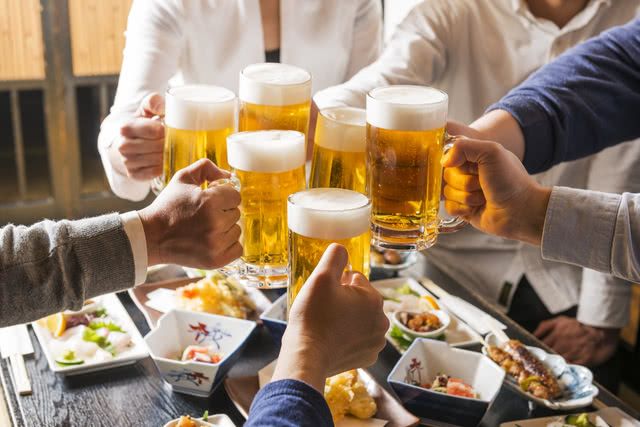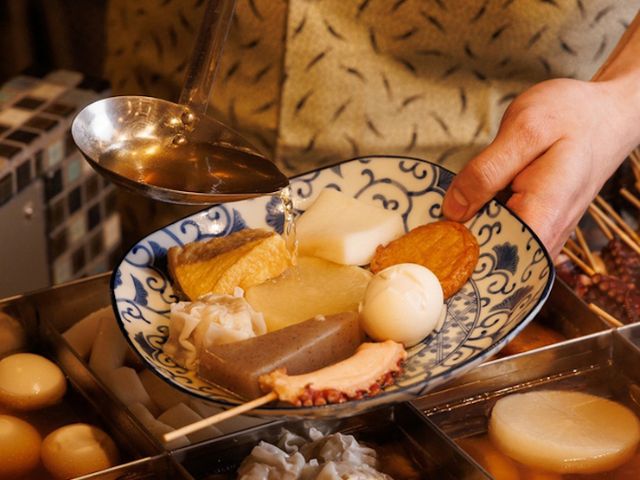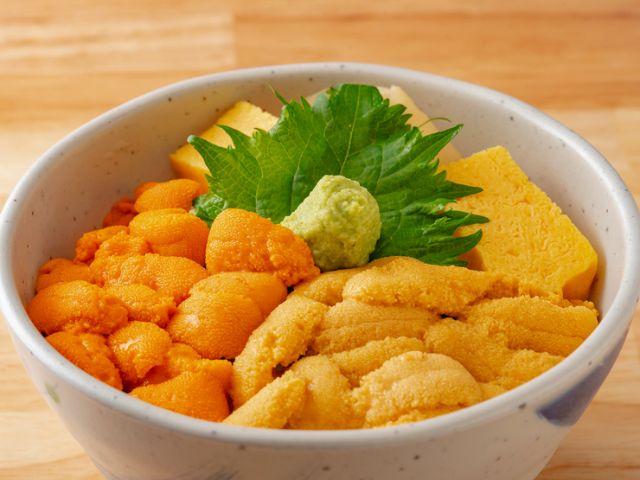Experience the Japanese Culture of Omotenashi with Kaiseki Cuisine
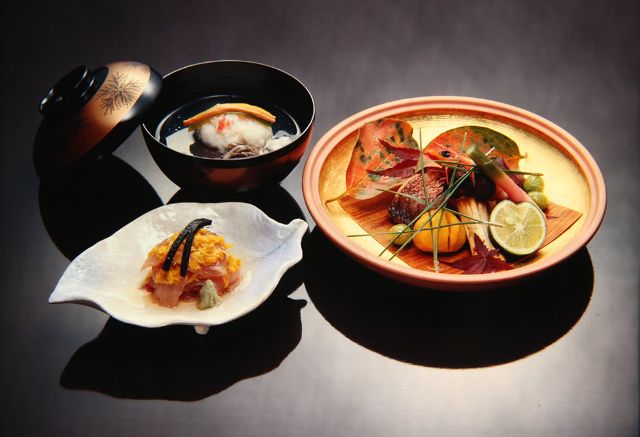
What Is Kaiseki Cuisine?
The Origins of Kaiseki Cuisine
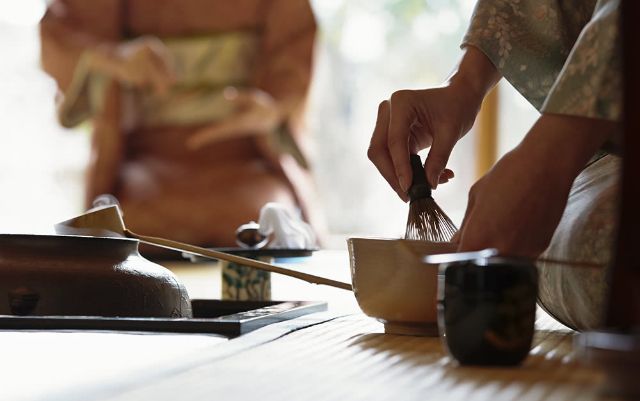
![[2023] Experience the Exquisite and Seasonal Flavors of Japan! Indulge in the Japanese Culture of Omotenashi with Kaiseki Cuisine](https://rimage.savorjapan.com/svj/image/discover_oishii_japan/1646/article_307778_w640z.jpg)
Characteristics of Kaiseki Cuisine
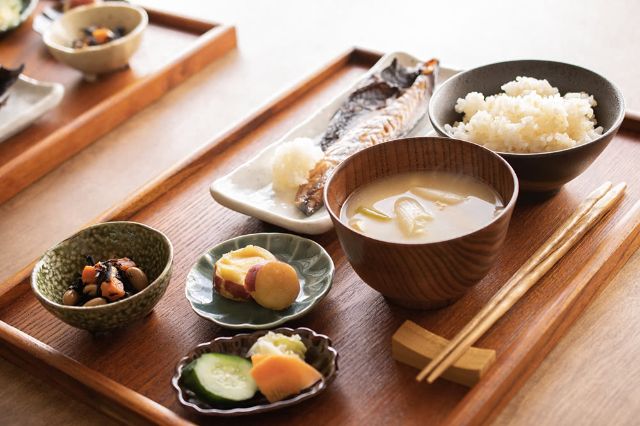
The roots of seasonal kaiseki cuisine lie in a simple menu known as "ichiju sansai," which consists of rice as the mainstay, soup, and three side dishes. This ichiju sansai has also served as the foundation for modern Japanese cuisine.
Kaiseki Cuisine and the Essence of Japanese Hospitality
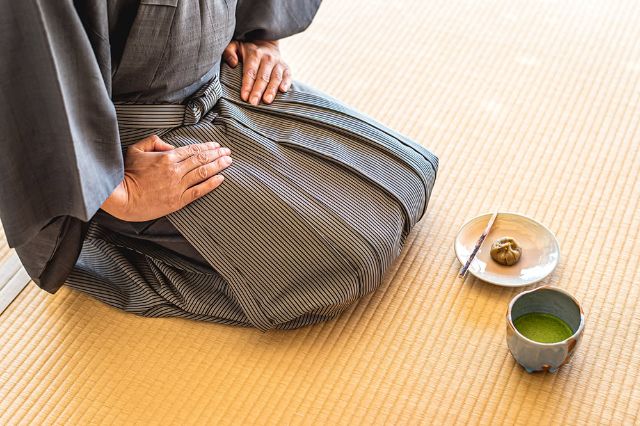
The tea served during the tea ceremony is strong and can burden the stomach if consumed on an empty one. Kaiseki cuisine was devised to address this concern and enable guests to fully relish the tea.
The spirit of "ichigo ichie," which emphasizes treasuring each encounter as a once-in-a-lifetime experience, permeates both the tea ceremony and kaiseki cuisine.
Every aspect of kaiseki cuisine reflects the essence of Japanese hospitality: utilizing the most delectable seasonal ingredients available to delight the gathered guests, meticulous attention to the colors and presentation of tableware, and even the timing of serving the food.
Guide to Enjoying Kaiseki Dining and Etiquette
How to Enjoy Kaiseki Cuisine
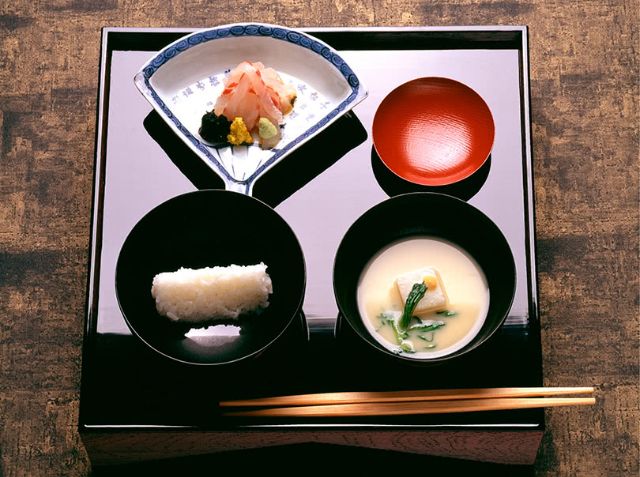
First, a low serving tray called an "oshiki" is brought by the host (the organizer of the tea ceremony) to the guests, with a rice bowl, a soup bowl, and a dish called a "mukozuke" placed on it. The order of eating is to start with the rice, followed by the soup, and then the mukozuke.
Next, "nimono" and "yakimono" dishes are brought in that order. As soon as you finish one dish, the freshly prepared next dish is promptly served.
Then, "kozui" and "hassun" dishes are presented, followed by "yuto" and "koumono." While enjoying the koumono, it is customary to use it wipe the inside of the rice bowl clean.
Once the meal is finished, everyone simultaneously drops their chopsticks onto the oshiki. This sound signals to the host that the meal is concluded.
- Soup: Miso soup with vegetables, tofu, and other ingredients
- Rice: Freshly cooked rice
- Mukozuke: Sashimi or "namasu" (thinly sliced ingredients dressed with vinegar and other seasonings)
- Nimono: A clear soup of fish, poultry, and vegetables
- Yakimono: Grilled fish filets, etc
- Kozui: Lightly seasoned, refreshing soup
- Hassun: Seafood and mountain delicacies that complement alcoholic beverages
- Yuto: An aromatic dish of roasted rice and hot water
- Koumono: Pickled vegetables
General Etiquette
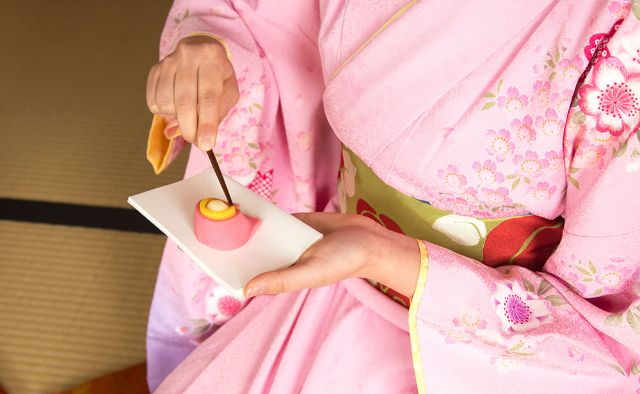
- When entering a Japanese-style room, it is customary to remove your shoes; however, going barefoot is not allowed. Always remember to wear socks or stockings.
- When using a wet towel, it is considered impolite to wipe anything other than your hands (such as your face, neck area, or tables).
- When splitting disposable chopsticks, hold them horizontally above your knees and split them by pulling up and down. Avoid splitting them left to right, as it may result in unintentionally bumping elbows with the person next to you.
- It is considered inappropriate to stick chopsticks into food, hold them in a clenched fist, or put the tips in your mouth and lick them.
- When bringing food to your mouth while the dish is still on the table, it is customary to place a small paper napkin called "kaishi" (a folded traditional Japanese paper carried in one's pocket) underneath to prevent any spills or dropping of the food.
Recommended Restaurants to Indulge in Kaiseki Cuisine
In recent times, a growing number of ryotei (traditional high-end Japanese restaurants) and ryokan (Japanese-style inns) have started offering kaiseki cuisine that can be relished without the need to adhere strictly to the rules of the traditional kaiseki (chakaiseki). Here are two recommended restaurants, perfect for those seeking a casual yet authentic kaiseki dining experience in Japan.
Hanasakitei (Kishi)
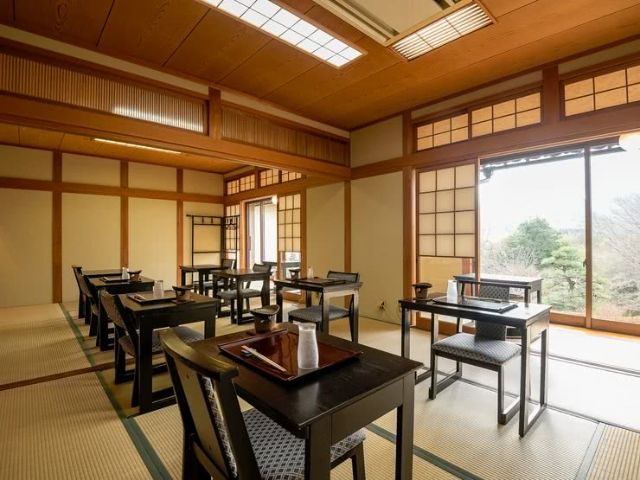
![[2023] Experience the Exquisite and Seasonal Flavors of Japan! Indulge in the Japanese Culture of Omotenashi with Kaiseki Cuisine](https://rimage.savorjapan.com/svj/image/discover_oishii_japan/1646/article_307784_w640z.jpg)
Savor the seasonal flavors for a truly once-in-a-lifetime encounter.
Hanasakitei
Closed: Irregular
Average price: [Dinner] 7,000 JPY
Access: About 10 minutes by car from Kishi Station on the Kintetsu Nagano Line or from Kaminotaishi Station on the Kintetsu Minami Osaka Line
Address: 1238, Hamuro, Taishi-cho, Minamikawachi-gun, Osaka Map
Kyobashi Basara (Kyobashi)
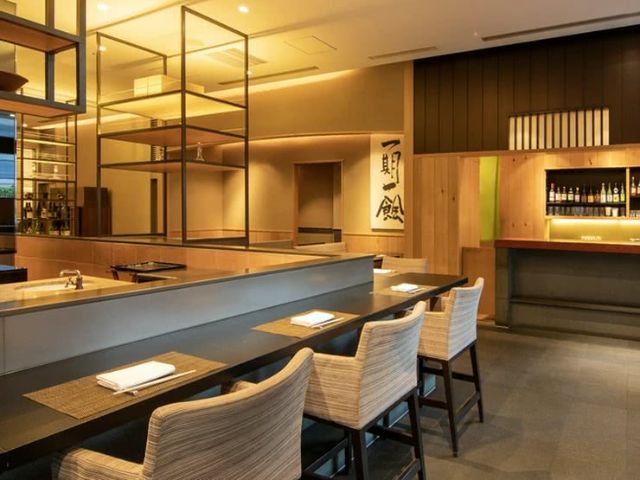
![[2023] Experience the Exquisite and Seasonal Flavors of Japan! Indulge in the Japanese Culture of Omotenashi with Kaiseki Cuisine](https://rimage.savorjapan.com/svj/image/discover_oishii_japan/1646/article_307786_w640z.jpg)
Kyobashi Basara
Closed: Sunday, National Holidays
Average price: [Dinner] 10,000 JPY / [Lunch] 2,000 JPY
Access: Directly connected to the building (Kyobashi Station on the Tokyo Metro Line, Exit 3 of the ticket gate toward Meijiya), 7 minutes walk from Yaesu South Exit of Tokyo Station on each line
Address: 1F, Tokyo Square Garden, 3-1, Kyobashi, Chuo-ku, Tokyo Map
Waki Syun
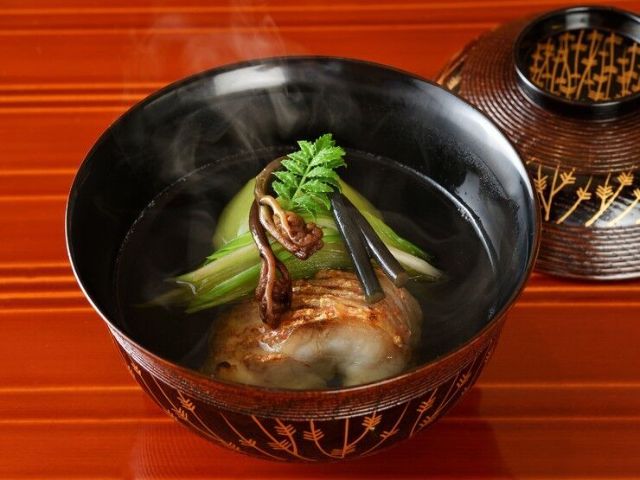
![[2023] Experience the Exquisite and Seasonal Flavors of Japan! Indulge in the Japanese Culture of Omotenashi with Kaiseki Cuisine](https://rimage.savorjapan.com/svj/image/discover_oishii_japan/1646/article_307788_w640z.jpg)
Waki Syun
Closed: Monday
Average price: [Dinner] 30,000 JPY / [Lunch] 17,000 JPY
Access: 3 minutes walk from Exit A4 of Mitsukoshimae Station on the Tokyo Metro Ginza Line and Hanzomon Line / 3 minutes walk from Exit 5 of Shin-Nihombashi Station on the JR Sobu Line
Address: 2F, Nihonbashi-taisyoken Bldg., 1-4-15, Nihonbashi-honcho, Chuo-ku, Tokyo Map
Disclaimer: All information is accurate at time of publication.
Thank you for reading our article.
Our goal is to take your culinary journey to the next level by helping you find the best restaurant. With SAVOR JAPAN, you can search and make reservations for
the Kaiseki restaurants found in and around Tokyo and Osaka that fill your needs.
Discover more Kaiseki restaurants by area
- Tokyo Area
- Near Tokyo
- Kyoto and Osaka Area
- Hokkaido Area
- Northern Honshu (Tohoku)
- Central Honshu (Chubu)
- Western Honshu (Chugoku)
- Shikoku
- Kyushu
- Okinawa and Ryukyu Islands
Discover more restaurants to eat Japanese Cuisine by area
Keywords
Related Articles
New Articles
Categories
Cuisine
- Bars (23)
-
Japanese Cuisine (676)
- Kaiseki (46)
- Nabe (19)
- Okonomiyaki (24)
- Shabu Shabu (36)
- Soba (17)
- Sushi (137)
- Tempura (18)
- Teppanyaki (46)
- Shojin Ryori (3)
- Tonkatsu (12)
- Kushiyaki (10)
- Yakitori (46)
- Sukiyaki (35)
- Japanese Cuisine (341)
- Oyster (2)
- Sashimi/ Seafood (19)
- Unagi (eel) (30)
- Motsu Nabe (offal hotpot) (6)
- Mizutaki (chicken hot pot) (3)
- Oden (8)
- Kaisendon (seafood bowl) (9)
- Udon (2)
- Taverns(Izakaya) Cuisine (125)
- Western Cuisine (42)
- Italian/French Cuisine (95)
- Yakiniku/Steak (224)
- Chinese Cuisine (26)
- Ramen (Noodles) Cuisine (26)
- Cafe/Sweets (60)
- Other Asian Cuisine (5)
- Global/International Cuisine (7)
- Alcohol (45)
- Other (11)
Area
- Shikoku (10)
- Kyoto and Osaka (345)
-
Tokyo (460)
- Tokyo (286)
- Ginza (44)
- Roppongi (22)
- Shibuya (26)
- Shinjuku (47)
- Asakusa (20)
- Ebisu (12)
- Tsukiji (10)
- Tokyo Landmarks (4)
- Ueno (24)
- Akihabara (9)
- Ikebukuro (12)
- Jiyugaoka, Denenchofu, Nakameguro (9)
- Shimokitazawa (4)
- Kichijoji (3)
- Tachikawa (1)
- Omotesando, Harajuku, Aoyama (18)
- Akabane (1)
- Kagurazaka (4)
- Akasaka (10)
- Odaiba (1)
- Tsukishima, Harumi, Toyosu (3)
- Near Tokyo (100)
- Okinawa and Ryukyu Islands (58)
- Hokkaido (124)
- Northern Honshu (Tohoku) (31)
- Central Honshu (Chubu) (144)
- Western Honshu (Chugoku) (32)
- Kyushu (92)
Archives
- December 2025(9)
- November 2025(4)
- October 2025(3)
- September 2025(6)
- August 2025(11)
- July 2025(19)
- June 2025(18)
- May 2025(34)
- April 2025(43)
- March 2025(30)
- February 2025(36)
- January 2025(26)
- December 2024(69)
- November 2024(31)
- October 2024(15)
- September 2024(39)
- August 2024(65)
- July 2024(31)
- June 2024(54)
- May 2024(61)
- April 2024(28)
- March 2024(31)
- February 2024(42)
- January 2024(32)
- December 2023(20)
- November 2023(5)
- October 2023(11)
- September 2023(7)
- August 2023(18)
- July 2023(8)
- June 2023(8)
- May 2023(18)
- April 2023(15)
- March 2023(1)
- January 2023(1)
- April 2022(2)
- March 2022(2)
- February 2022(1)
- January 2022(1)
- July 2021(1)
- March 2021(1)
- February 2021(1)
- December 2020(1)
- October 2020(1)
- September 2020(2)
- August 2020(10)
- July 2020(6)
- June 2020(9)
- May 2020(11)
- April 2020(8)
- March 2020(8)
- February 2020(13)
- January 2020(9)
- December 2019(24)
- November 2019(8)
- August 2019(14)
- July 2019(15)
- June 2019(18)
- May 2019(17)
- April 2019(16)
- March 2019(22)
- February 2019(22)
- January 2019(26)
- December 2018(34)
- November 2018(40)
- October 2018(32)
- September 2018(11)
- August 2018(8)
- July 2018(6)
- June 2018(9)
- May 2018(10)
- April 2018(21)
- March 2018(74)
- February 2018(39)
- January 2018(26)
- December 2017(60)
Keywords
- Omakase
- Accessible
- Affordable
- All-You-Can-Eat
- Amazing Scenery
- anime
- Art
- Autumn
- Awards
- Beer Gardens
- Breakfast
- Chef Recommendations
- Cherry Blossoms
- Chinese
- Close To Station
- Condiments
- Counter
- Coupon
- Crab
- Culture
- Dassai
- Dates
- delivery
- Early Summer
- Editor's Recommendation
- English Available
- Event
- Expo
- Fall Leaves
- Family-Friendly
- Famous Restaurant
- Famous Tourist Spot
- Fast Food
- festival
- fireworks
- Flower Farm
- Free Wi-Fi
- French
- Great Location
- Guide
- Hibachi
- hotpot
- How To
- hydrangea
- Hygiene
- Illumination
- Italian
- Izakaya
- Japanese
- Japanese alcohol
- jingisukan
- Kaiseki
- Kappo
- Kushiage
- Kushikatsu
- Kyoto
- Late-Night
- Lunch
- Manners
- matsusakagyu
- Michelin
- mizutaki
- Model Course
- monjayaki
- motsunabe
- Mt.Fuji
- Multilingual Menus
- Nabe
- Narita Airport
- New Year
- Ninja
- Noodle
- Oden
- Okonomiyaki
- omotenashi
- Onsen
- Osaka
- Osaka Station
- Photogenic Site
- pizza
- PR
- Private Room
- Ramen
- ranking
- Recipe
- Regional Cuisine
- Resort
- Rice Bowl Dish (Donburi)
- sacred places
- Sake
- Sakura
- Sashimi
- sea urchin
- Setouchi Area
- Shabu Shabu
- sightseeing
- Signature Dish
- Soba
- Solo Diners Welcomed
- Spicy Food
- Spring
- Steak
- Summer
- Sunflower
- Sushi
- takeout
- Teppanyaki
- Terrace Seating
- Tokyo
- Tokyo Experiences
- Tokyo Skytree
- Tokyo Tower
- unagi
- UNESCO
- Vegan
- Vegetarian
- Wagyu
- What Popular Gourmet Sites Recommend
- Whisky
- Wine Bar
- Winter
- Wisteria
- Workshop
- World Heritage Site
- World Writers
- Yakiniku
- Yoshoku
- Yuba
- Zen
Discover Restaurants By Area
-

Tokyo Area
Japan's largest city, Tokyo, is the center of culinary culture in Japan. Countless Tokyo restaurants serve every kind of food imaginable and the Toyosu fish market keeps restaurants stocked with the nation's finest fish.
-

Near Tokyo
Coastal areas, mountains and valleys surrounding Tokyo are bursting with tourist destinations, such as hot springs and ski slopes, where many unique foods are only available locally.
-

Kyoto and Osaka Area
The cities of Kyoto and Osaka, together with their surrounding areas, have greatly influenced Japan's culinary culture since the 7th Century. The region is renowned for its entertainment, Kobe beef, and wide-ranging traditional dishes.
-

Hokkaido Area
The island of Hokkaido is home to wide-ranging produce of the finest quality, such as rice, meat, vegetables, fish and fruit. Popular dishes from Hokkaido include robatayaki (food slowly roasted on skewers) and Sapporo miso ramen.
-

Northern Honshu (Tohoku)
The northern end of Japan's main island, Honshu, is renowned for its seasonal fruit and vegetables, nation-leading harvest of fish (especially tuna from Ohma), and delicious beef from Yonezawa, Sendai and Yamagata.
-

Central Honshu (Chubu)
Chubu is in the center of Japan's main island, Honshu, and its culinary culture reflects its position between Japan's western and eastern halves. Delicious Hida beef, world-famous Mount Fuji and many acclaimed sake breweries are in Chubu.
-

Western Honshu (Chugoku)
Chugoku, on the southwest of Japan's main island, is rich with diverse produce. Many of its products are praised as Japan's best, including Matsuba crabs from Tottori and oysters from Hiroshima. Its pears and muscats are also top grade.
-

Shikoku
The mild climate of Shikoku is ideal for growing citrus fruit such as sudachi. Shikoku is also famous for Sanuki udon noodles, huge yields of tiger prawn from Ehime Prefecture and the best torafugu (tiger globefish) in the country.
-

Kyushu
Western culture was first introduced to Japan through Kyushu, Japan's third largest island, where the influence of Portuguese and other western cuisine influenced the creation of a colorful culinary tradition.
-

Okinawa and Ryukyu Islands
Okinawa, Japan’s southernmost prefecture, is a treasure trove of distinctive dishes and drinks that have become popular throughout Japan, including Okinawa soba, unique sushi toppings and Awamori distilled liquor.
